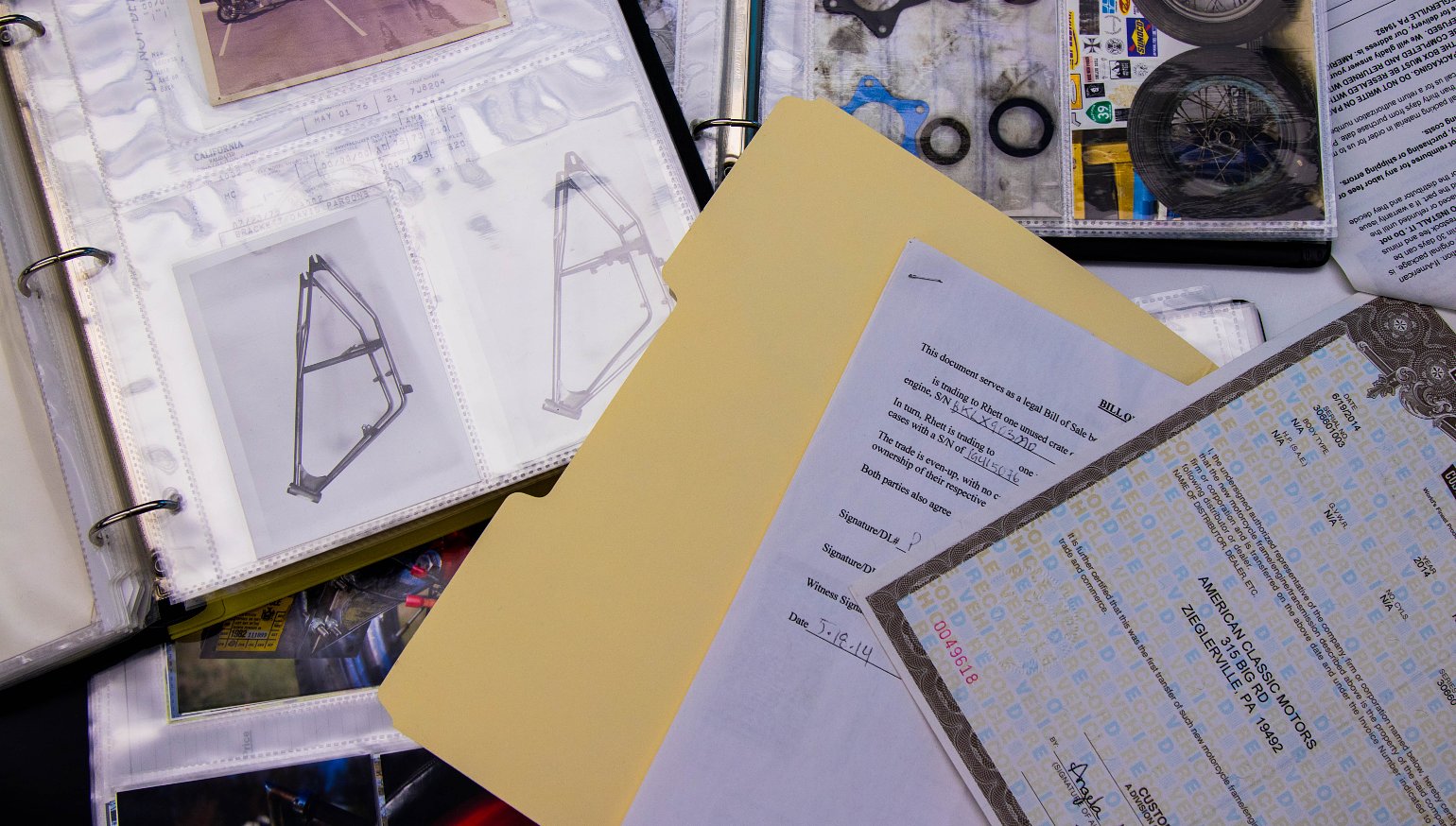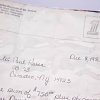As RevZilla’s resident greasy dirty chopper idiot, you might think I’m leaving myself open to some mockery when I suggest you start scrapbookin’.
You’re probably not way wrong. But I’m not pushing you to get involved in an MLM scheme, select pinking shears, or purchase more glitter than your local burlesque show dancer. Instead, I’m using the term to describe creating a multimedia file documenting your motorcycle. It’s a little boring, (but it can be fun) and at the end of the project, you’ll have not just a sense of accomplishment about completing a task, but also an item that you will find valuable (I’ll explain that shortly) and something others will appreciate, as well. (I’ll explain that, too.) Ultimately, there are three situations I think a scrapbook covers, so we’ll deal with them chronologically, because I think a bike album is something nearly every rider ought to have for each motorcycle.
Past
For me, this is the prime reason I make these big, cumbersome files on my motorcycles. I have some really old bikes, and most of them have one hell of a story to tell — and in most cases, I only know part of it. Documenting the past of a motorcycle is interesting and educational, and a lot of the time, the detective work can yield results that are literally irreplaceable. For instance, I once received a box of paperwork with a motorcycle I purchased from a fellow who was the head of prototyping for a now-defunct aftermarket parts company. In another box, I found a letter on Harley-Davidson letterhead that was in response to his requests on frame dimensions and model-year differences. I was actually holding the documentation of this company’s attempt at designing the parts that later appeared in their catalogs — the first of which also was in the box.
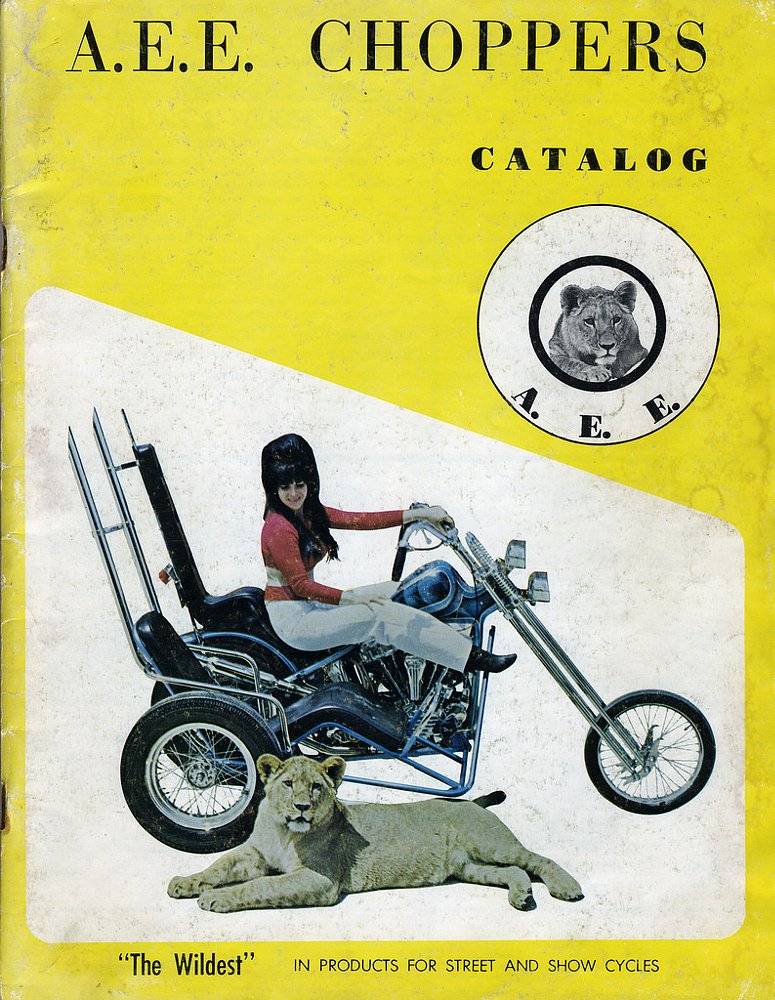
I also found documents outlining his break from that company and subsequent formation of his own aftermarket parts outfit. Among the files were engineering blueprints (and studio photographs) of frames his company was prototyping, and an ad for a softball pitching machine they produced to help bring cash in the door!
However, this is important even to an individual machine. Documentation helps provide a glimpse into how the bikes were used, how the riders behaved, and what modifications a motorcycle underwent. (They all seem to get modified, no matter how lightly!) With every passing of hands, information is lost, so retaining what is available is critical to keeping the history from slipping through our fingers.
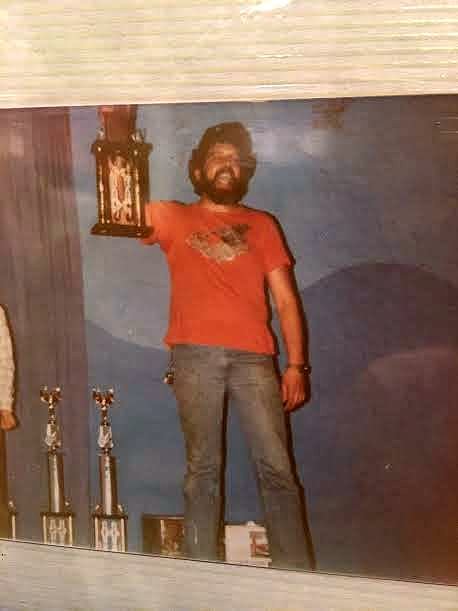
There’s no way to transmit those ideas or objects to someone without a scrapbook or memory box, or otherwise, it’s just another story from a greybeard.
Present
Maybe you read that last bit and thought it irrelevant. “I hate that old junk, Lem. I have a newer bike precisely so I don’t have to rip it apart.” That’s a completely valid train of thought, but you might want to keep a scrapbook for a different reason. If, for instance, you keep your insurance card on your bike and you have a loan on your machine, there’s an excellent chance you may not have your VIN handy. What happens if it gets stolen? Sure, you can ask your lender for the VIN and you’ll get it, but it would be a lot more helpful to have it tucked away somewhere safe.
And identifying traits on your bike can help law enforcement positively identify it as yours, as many thieves will do their best to obscure a stolen motorcycle with rattle cans of paint. A scrapbook can serve as an organized reference so you can get your scooter back.
Or how about if you’re involved in an accident? Insurance does pay for upgrade parts on a motorcycle, so a picture of that shiny pipe you installed might just help you recoup the cost of the pipe if your bike is wrecked or stolen. And those receipts you got for having your valves set last week? Add that to the bill, too. Same goes for gear — many riders don’t realize that they are often entitled to the cost of gear replacement.
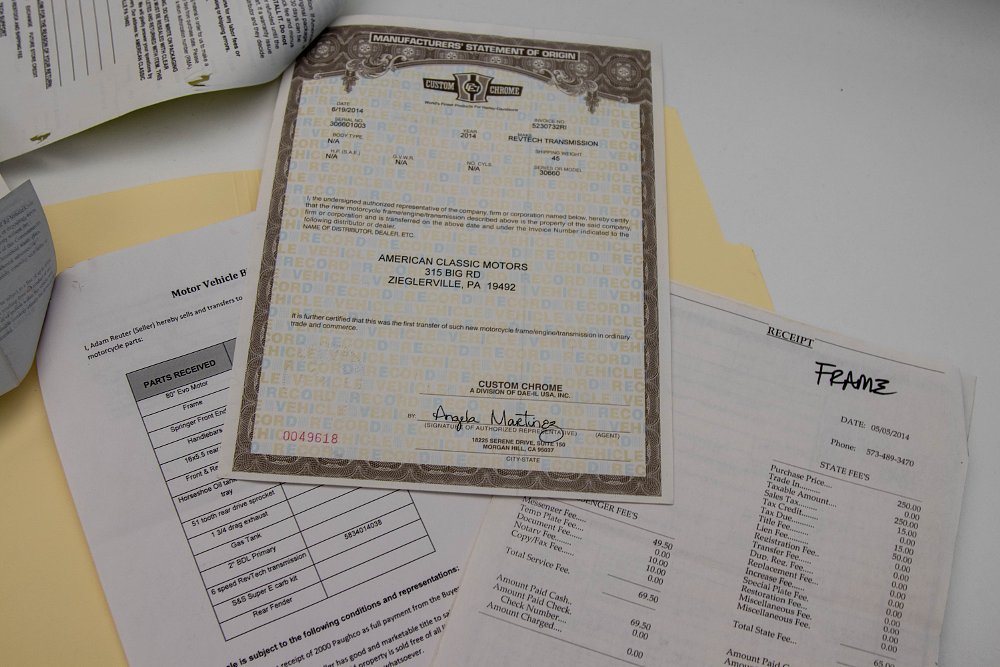
And, in a few rare cases, those of you who pass through states that can be a bit draconian about proving ownership beyond the shadow of a doubt (coughNewYorkcough), if you’ve built your bike or replaced major components (frame, fork, engine, transmission), you may find yourself needing to prove you purchased those items legally. Photos of a VIN and dated documents can also prove helpful in instances where a vehicle has been registered multiple times. (Due to the fact that many of the states’ DMV/BMV operate independently of others and motorcycles are by definition pretty portable, this actually happens more often than you might think.)
Future
If I haven’t swayed you yet, how about putting together a file for the future? For starts, you may want to sell your motorcycle. A nice maintenance log with accompanying receipts can help justify an ambitious asking price. Since privacy concerns have come to light, many dealers won’t pass along vehicle records, since the previous owner can usually be contacted fairly easily from them. I think this means that vehicles with those records that are sold privately will begin to command a premium in coming years.
It also helps to explain what may have happened to a motorcycle, or document a bike that may have been ordered with valuable factory accessories or rare factory options. This type of documentation is usually known as “provenance,” and in the case of rare motorcycles can be exceptionally helpful and valuable. For some motorcycles, this documentation itself is valuable, but coupled with a bike it can be the difference in sale price of astronomical amounts of money. But even for more workaday models, a show-and-tell record of a motorcycle can be really desirable for those who are documenting or publicizing a machine. I have several bikes that have wound up being written up in rags, and those stories and supporting photos wouldn’t be nearly as compelling had they never been compiled.
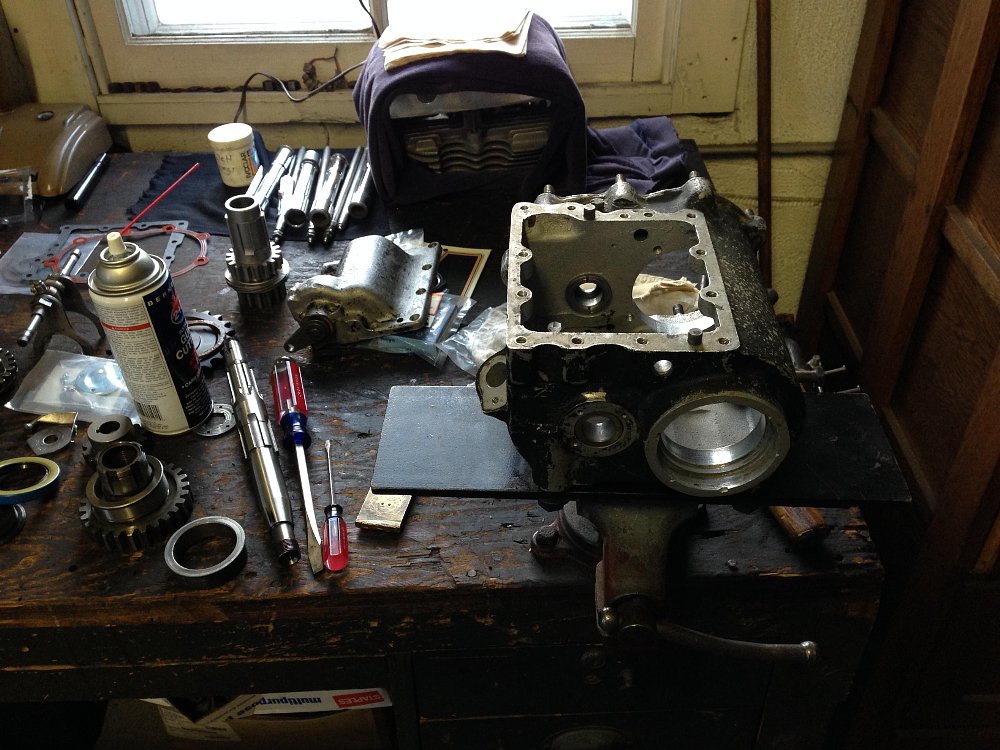
You may also find that major services — BMW drive spline lubrications, Harley bottom-end rebuilds, or 1980s Yamaha transmission services — can be proven photographically if you performed the service yourself, which helps allay a buyer’s worry that “freshly rebuilt” may just mean a quick crosshatch of the cylinders and a new set of piston rings. Justifying the asking price is something every seller needs to do. Why not arm yourself with the evidence when it’s easy to do so?
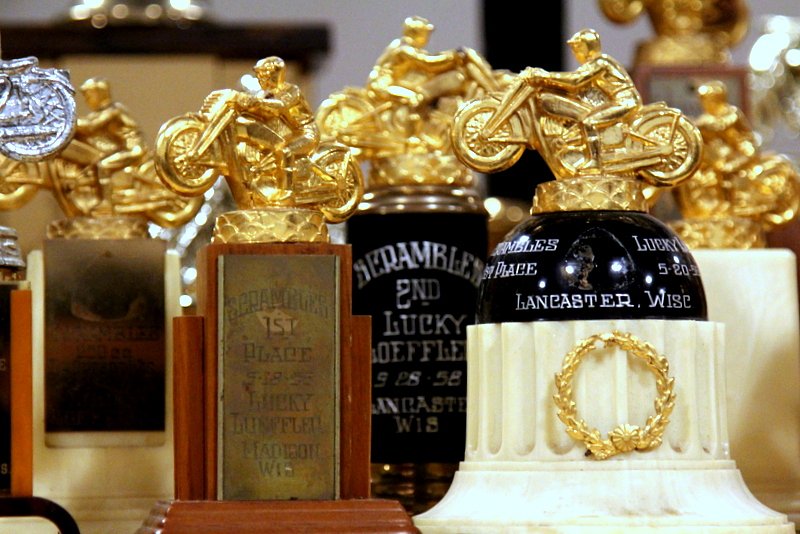
Furthermore, the story of a bike, especially one that’s stayed with its original owner or led an interesting life, is often the object of collectors. Some folks are interested in service bikes, military machines, or ex-race bikes. Even if you’re not a history buff, remember that you are part of history. Right now! Your experiences, modifications, machinery, and equipment are something someone in the future may be really, really interested in… to see how it was done “back then!”
The good old days are now. If you’re suffering through ice and snow at the moment, now might be a perfect time to get your moto fix by sitting down and making a nice, organized presentation for your scooter. You’re proud of it, so show everyone!

 Membership
Membership

